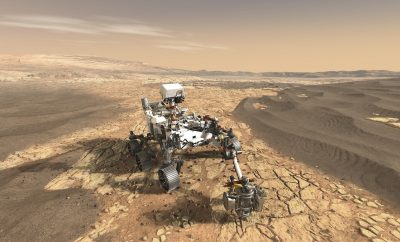
News
Newly discovered asteroid streaks by almost close enough to touch
 If we thought last month’s QE2 asteroid passed close by, the rock that rocketed passed us on June 8 was really close, four times closer than the moon. Observed for the very first time only one day prior to its perigee, it was named Asteroid 2013 LR6. The object, as wide as a football field, flew closer than 65,000 miles to the earth. It sped across the sky above Tasmania’s Southern Ocean at approximately 12:42 a.m. EDT on June 8, 2013.
If we thought last month’s QE2 asteroid passed close by, the rock that rocketed passed us on June 8 was really close, four times closer than the moon. Observed for the very first time only one day prior to its perigee, it was named Asteroid 2013 LR6. The object, as wide as a football field, flew closer than 65,000 miles to the earth. It sped across the sky above Tasmania’s Southern Ocean at approximately 12:42 a.m. EDT on June 8, 2013.
The new near-earth visitor was slightly smaller than the asteroid that burned up in the atmosphere above Russia this past February. Considered no threat to harm the earth, LR6 was discovered by the Catalina Sky Survey, an Arizona-based, NASA-sponsored telescopic survey.
Since its sighting, this new asteroid sped by the earth too quickly for the same radar array that is still tracking QE2 to focus on. The Goldstone radar telescope continues to observe and record surface details and the amazing discovery of a smaller asteroid in orbit around QE2, an asteroid with its own moon. This observation has been possible due to the much larger size of the object originally found in 1998.
Although neither of these two newest near-earth rocks were a threat to the earth, many researchers do expect the discovery of a larger body that will strike the planet at some point. In the hopes of averting such a disaster, there are plans being formulated by NASA to capture an asteroid and move it closer to the moon. It could then be studied and a method developed to block a future rock threatening the world.
Previously, it was speculated that manned space ships could be launched to land on an asteroid in the belt between Mars and Jupiter. There, studies could be conducted to learn ways to deal with near-earth bodies hurtling our way. This plan has been abandoned due to its currently prohibitive cost and difficulty.





0 comments